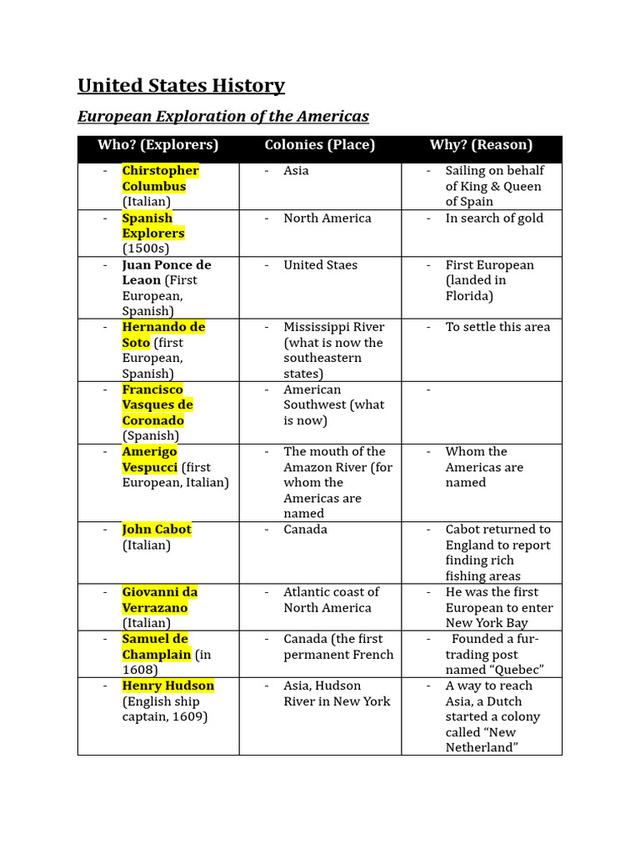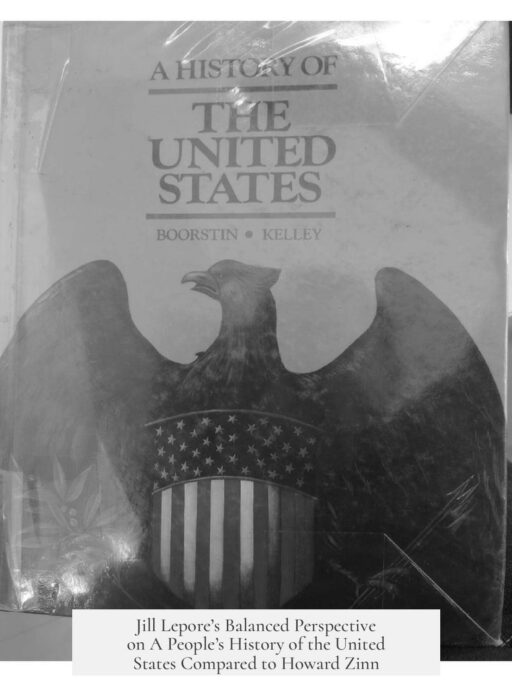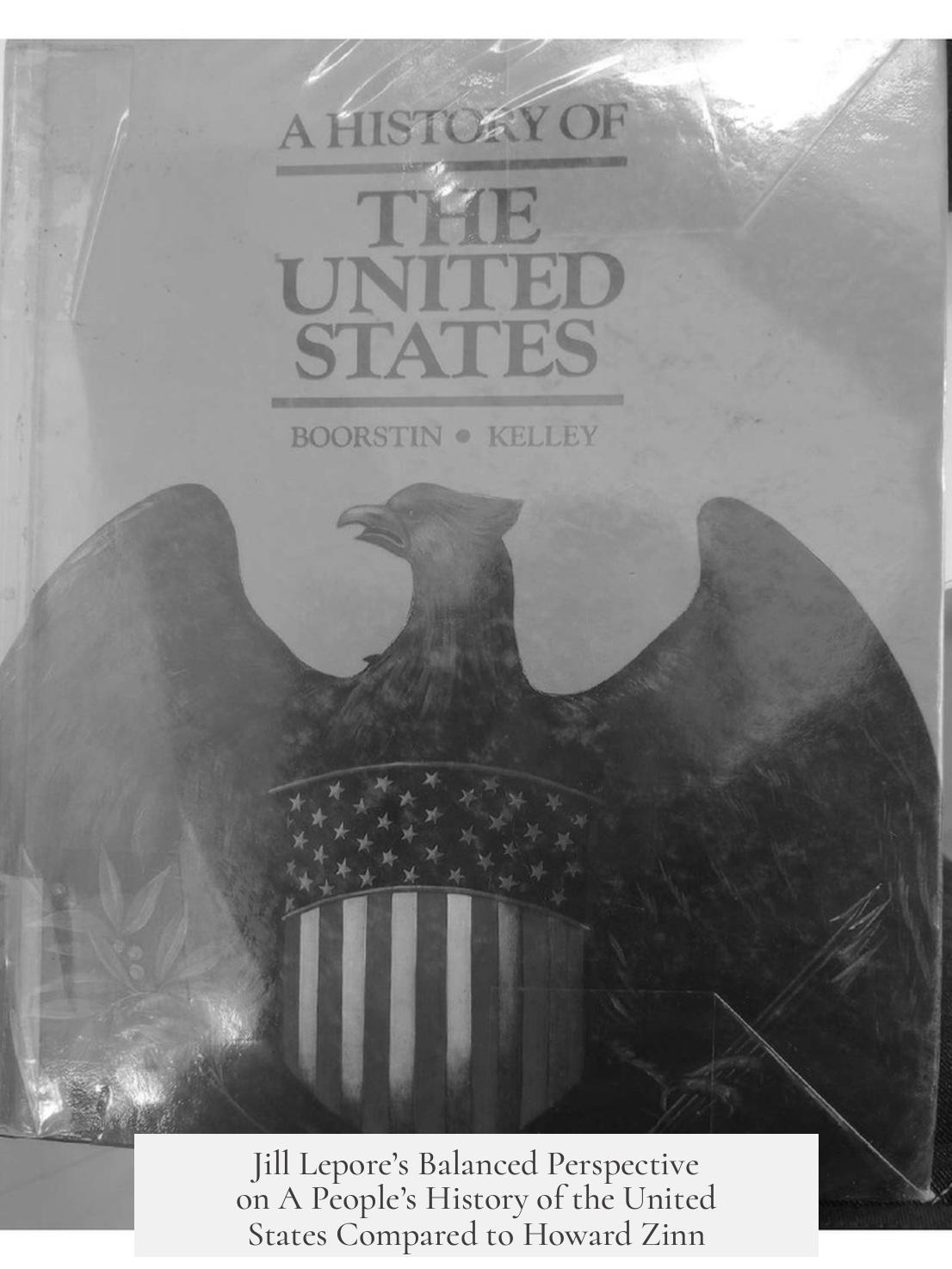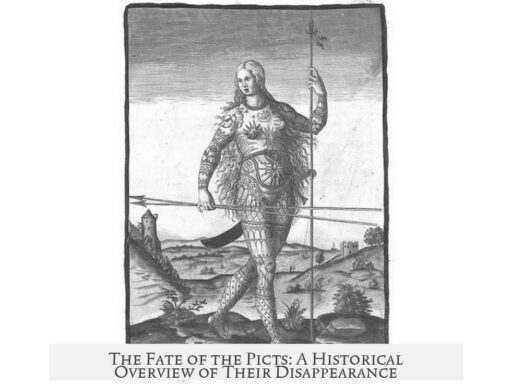Jill Lepore’s These Truths: A History of the United States serves as a better version of Howard Zinn’s A People’s History of the United States by offering a more balanced and nuanced narrative that blends bottom-up and top-down perspectives on American history. Lepore’s work addresses concerns about objectivity and accuracy often raised about Zinn’s book, while maintaining a critical view of inequality and the exercise of political power.

Lepore’s book, published in 2018, targets a broad audience beyond academia, similar to Zinn’s approach. However, it differs in scope and tone. While Zinn focuses strongly on histories of marginalized groups and criticizes established power structures, Lepore expands the frame to incorporate the perspectives of leaders and institutions alongside those of everyday people. This method provides readers a comprehensive view of how democracy and rights evolved in the United States.
Lepore’s academic background—as a senior Harvard professor and a staff writer for The New Yorker—influences her approach. She writes with intellectual rigor and a liberal sensibility but with less radical rhetoric than Zinn. Her treatment of topics involving social inequality and opportunity is careful and grounded in scholarship, which might resonate differently with readers across the political spectrum.

Central to Lepore’s narrative are the “truths” identified by Thomas Jefferson: political equality, natural rights, and popular sovereignty. These ideas form a philosophical foundation that aligns with some of Zinn’s themes yet anchors the history in core American political ideals. This grounding gives Lepore’s history a framework that illustrates both the progress and the contradictions of the nation’s development.
Lepore notes that A People’s History is particularly influential among young readers. It challenges them to recognize that history has a point of view, sparking debate and critical thinking early on.

She acknowledges Zinn’s contribution to history education, describing it as an awakening for many. However, Lepore also suggests that Zinn’s narrative risks oversimplification through its sharply critical lens and emphasis on struggle at the expense of complexity. Her own narrative aims to provoke similar reflection while weaving a richer, more multifaceted tapestry of American history.
| Aspect | Howard Zinn’s Approach | Jill Lepore’s Approach |
|---|---|---|
| Perspective | Primarily bottom-up, focusing on marginalized groups and social struggles | Integrates bottom-up and top-down views, including leaders and institutions |
| Tone | Radical, critical, often polemical | Liberal academic, balanced, nuanced |
| Philosophical Grounding | Focuses on social justice and power critique | Centers on Jeffersonian ideals of equality and democracy |
| Audience | General public, particularly those seeking progressive views | General public and academics; appeals to liberals and thoughtful readers |
| Impact | Provokes critical awareness and debates among youth | Encourages reflection with greater historical complexity |
Readers seeking a history of the United States that includes voices from the bottom but does not exclude overarching institutional narratives will find Lepore’s These Truths a compelling alternative. Her work does not reject Zinn’s influence but advances a more rigorous and inclusive conversation about American history.

Lepore’s narrative policy addresses the pitfalls of bias by presenting history as a dynamic interplay of ideals and realities. Her balanced methodology helps readers understand the contradictions that mark the U.S. story. This approach promotes a critical yet constructive engagement with historical facts.
While A People’s History remains valuable as an entry point for critical historical thinking, especially for young readers, Lepore’s book strengthens that foundation by adding depth and a wider lens on political and social forces shaping the nation.
- Jill Lepore’s These Truths combines grassroots and elite perspectives for a fuller account.
- Her focus on Jeffersonian principles links history to enduring American ideals.
- Lepore’s style is measured, appealing to a broad range of readers, including conservatives and liberals.
- She acknowledges Zinn’s role in activating critical historical awareness without replicating his polemical style.
- The book offers a more objective, balanced, and nuanced history than Zinn’s work.
What’s a Better Version of Howard Zinn’s A People’s History of the United States?
So, what’s a better version of Howard Zinn’s A People’s History of the United States? Jill Lepore’s These Truths: A History of the United States (2018) stands out as a compelling alternative. Her work offers a fresh lens that balances the grassroots perspective championed by Zinn with a top-down view of American history, aiming for a more objective, nuanced narrative.
Howard Zinn’s book, no doubt, shook up the history world. It gave voice to the voiceless and challenged traditional accounts by focusing on activism, struggles, and marginalized groups. It made readers think, feel, and sometimes argue fiercely. But its strong viewpoint sometimes veers toward the polemical, which, while energizing, might leave some facts and broader contexts on the cutting room floor.
Enter Jill Lepore, a Harvard professor who writes for The New Yorker. She doesn’t completely ditch Zinn’s bottom-up approach but weaves it into a fabric that includes the perspectives of leaders, institutions, and traditional power players. That way, readers get both the fury of the oppressed and the designs of the powerful. It’s history not only for those who like their stories served spicy but also those who prefer their facts balanced and their judgments open.
Jill Lepore and the Art of Balance
Lepore’s These Truths isn’t just about recounting events. It’s a narrative about the ideals America has chased—political equality, natural rights, and popular sovereignty, deeply rooted in Jefferson’s vision. This foundation echoes some of Zinn’s themes but extends into a philosophical grounding that asks readers to wrestle with contradictions in the American story.
Ever heard of a history book that’s as thoughtful as it is readable? Lepore delivers. Her liberal academic background is evident, yet she refrains from the radical intensity that marks Zinn’s writings. She’s alert to inequality and oppression but frames them in a way that invites a wider range of readers—including those who might roll their eyes at Zinn’s fiery critiques.
Her style invites a conversation rather than a courtroom showdown. Want to understand why America’s promises so often ring hollow? Lepore’s your guide. This doesn’t mean she soft-pedals on injustice; rather, she paints with more colors. It’s like adding a few shades that Zinn left out to complete the picture.
Lepore’s Take on Zinn: The Teenager’s Awakening
“The brashest of my freshmen are the kids who read Howard Zinn’s A People’s History in high school. It got them thinking and gave them something to argue about… he introduced a whole lot of people who hadn’t thought about it before to the idea that history has a point of view. Kids can figure this out all on their own, but it’s nice to read it in a book.” – Jill Lepore
Lepore acknowledges the power of Zinn’s book as an intellectual spark—especially for teenagers discovering that history isn’t just a dusty recounting of kings and battles. It’s something alive with perspectives that matter. She compares that awakening to reading The Catcher in the Rye at fourteen: exhilarating, confounding, and a little bit messy.
But Lepore also hints at what some readers might miss from Zinn’s work: a broader understanding of history’s complexity. It’s a stage beyond the youthful epiphany where things are painted black and white. History, she argues, is often more complicated—and that’s okay.
Why Lepore Might Be a Better Choice for Some Readers
- Balance of Perspectives: Unlike Zinn’s predominantly bottom-up history, Lepore integrates multiple viewpoints, helping readers see the full landscape.
- Philosophical Depth: Lepore anchors her storytelling in fundamental American ideals, encouraging readers to consider the gap between America’s promises and realities.
- Objective Yet Engaging: Lepore manages to stay engaging without sacrificing academic rigor and objectivity—ideal for readers wanting precise facts without dullness.
- Accessibility: Written for the general public, These Truths is readable and lively, with just enough nuance to satisfy both casual readers and history buffs.
What’s the Takeaway?
If you’re looking for a history book that throws only one group under the bus, stick with Zinn. But if you want a book that encourages you to think—and rethink—about America’s past, its ideals, and its contradictions, consider Jill Lepore’s These Truths. It serves as an evolution rather than a rejection of Zinn’s style—provoking thought while delivering a more balanced, less polemical narrative.
Better than a confrontation, it’s an invitation to dialogue. And that might just be the best way to understand history: not as a battleground, but as a conversation across generations.
Final Thoughts
History is a giant jigsaw puzzle, and every version of the picture offers different pieces. Zinn gave us the voices often ignored; Lepore provides the full image with all its edges and shades. Interested in history that’s rich and complex but still clear? Lepore is the go-to author. Her book is a better version for readers seeking a thoughtful, balanced, and engaging American history.
So next time you pick up a history book, ask yourself: do you want a megaphone or a microscope? Sometimes, the better view comes when you use both.
What makes Jill Lepore’s *These Truths* a better alternative to Howard Zinn’s *A People’s History*?
Lepore’s *These Truths* offers both top-down and bottom-up views of history. It aims for more balance and accuracy while still addressing inequality and social issues. This approach provides a broader perspective than Zinn’s often one-sided narrative.
How does Jill Lepore’s perspective differ from Howard Zinn’s?
Lepore writes from a liberal academic viewpoint, less radical than Zinn. She focuses on political equality and natural rights, reflecting foundational American ideas. Her work challenges readers but tends to be more moderate in tone and scope.
Does Jill Lepore criticize Howard Zinn’s *A People’s History*?
Lepore respects Zinn’s influence, noting its power to provoke thought and introduce history from new angles. However, she finds Zinn’s approach sometimes polarizing and less nuanced. Her book seeks to build on Zinn’s impact with a more balanced narrative.
Why is *These Truths* considered more objective than *A People’s History*?
*These Truths* includes views from both elites and common people. Lepore tries to present history with complexity and less bias. This dual perspective helps readers see multiple sides of historical events, unlike the more one-sided tone in Zinn’s work.
Does Jill Lepore’s book still address issues of inequality like Zinn’s?
Yes, Lepore highlights inequality and challenges social injustices. Though less radical in style, her work remains attentive to themes of opportunity and fairness. This keeps some continuity with Zinn’s focus on marginalized voices.




